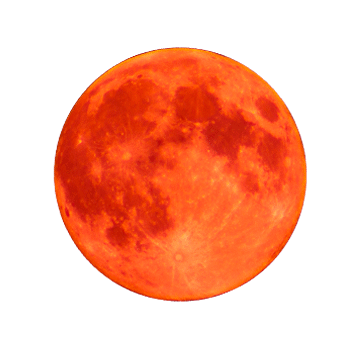
The program itself begins relatively gently. Participants have the opportunity to meet the cohort and instructors, explore the Green Bank Observatory grounds, and settle into the living quarters on the campus. From there, the first group meeting is held, and the program officially begins. Here, participants are assigned times at the 40ft radio telescope to collaborate on the first project: developing a map of the night sky in radio. As someone who has studied the optical sky for his entire life, this project was illuminating to say the least. The sky in radio is not what the typical optical astronomer anticipates. The value in this project is the experience of working with the entire group towards a common goal. Everyone has their part to play, and at the end of ERIRA, everyone gets to see how their collaborative work paid off.
Once this project is completed, the program 'opens up.' Participants have the ability to select various projects to work on for the rest of the week. While there is no limit to the amount of projects each participant can be a member of, it is encouraged to only participate in projects that they can be an active participant in. Typically, students elect to particiate in 3-4 projects, 5 pushing the limits on what is possible during only one week. I chose to work on 4 projects, and I felt my time quickly become a valuable commodity - in fact, I had to make a spreadsheet to budget my time each day - including sleep! Yes, sleep. To maximize the one-week window, the program becomes a 24/7 crash course. Although radio astronomy can be performed at any time of the day, ERIRA's intensive schedule provides perhaps the most authentic astronomy experience in terms of losing sleep during late nights. Ask anyone who has particpated, and they'll tell you that the lack of sleep is one of ERIRA's greatest challenges. Despite this nearly everyone will also tell you that it is absolutely worth it.

While working on projects, participants also get to attend various instructional lectures about radio astronomy and other astronomy/physics topics. Again, these lectures are incredibly valuable since most of this material isn't taught most undergraduate physics and astronomy tracks. At this point in the program, the pressure begins to sink in. Between tired nights in the 40ft scope's bunker and daily excursions and seminars, fully devoting oneself to their projects becomes challenging, and provides an excellent environment for developing time management skills. In the final days of ERIRA, students prepare their project findings for final presentations at the end of the week. This allows for collaboration between the groups to make sure that presentations are completed by the final deadline. After that, every group in the cohort presents their projects in the Drake Lounge. I had to present four different presentations during this time, and there were multiple occasions in which I had to remain standing after one presentation was completed since my next one was beginning immediately after.
By the end of ERIRA, I found that it was truly an unforgettable exepreince. This was my inaguaration to research in general, and I would not have it any other way. The experience of getting to know everyone during the program truly made the time incredible. As I've always said: It's not about the place, it's about the people. As an astronomy geek my entire life, being around people who are just as nerdy as you, for an entire week, was more than I could ever ask for. The program has served to motivate me to begin my own outreach and education, as I feel a sense of obligation to give back to the astronomy community in general. Shortly after ERIRA concluded, I signed up to become an Eclipse Ambassador with the Astronomical Society of the Pacific, and plan to hold multiple events as the 2024 total solar eclipse draws closer. The enitre experience was truly encahnting, and I encourage any undergraduate interested in astronomy, physics, and the universe to apply to it. In fact, this isn't exclusive to physics/astronomy majors. Any undergraduate who has an interest in astronomy is encouraged to apply, and they are often accepted to ERIRA.

